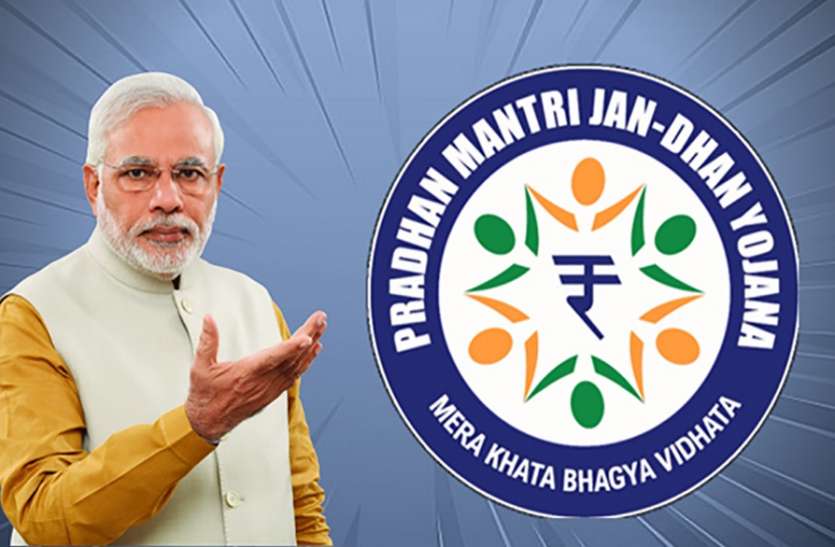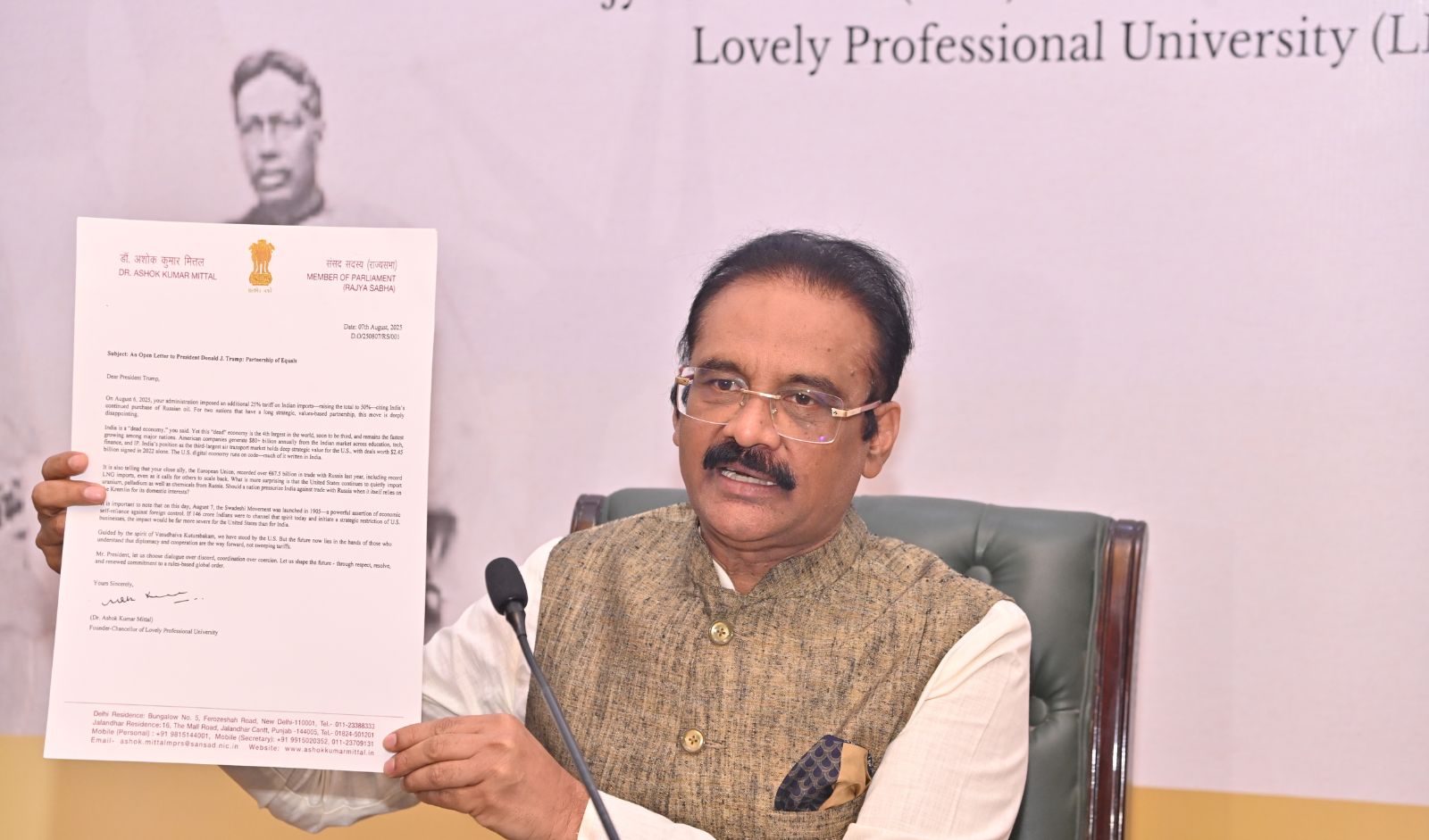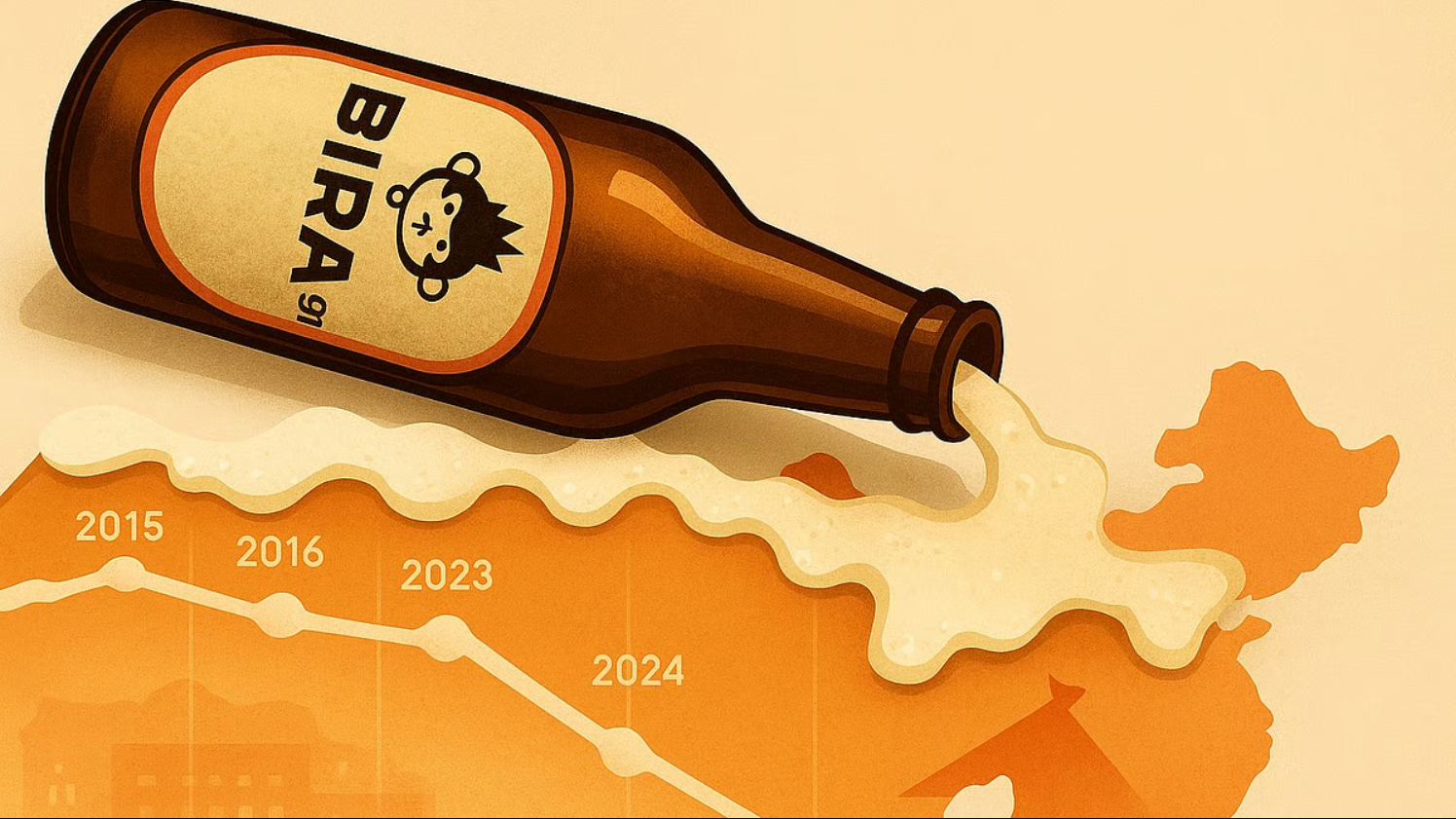As India prepares to mark ten years of the Pradhan Mantri Jan Dhan Yojana, the flagship financial inclusion programme continues to show its deep reach across the country. According to the latest official data, deposits in Jan Dhan accounts dipped marginally to Rs 2.62 lakh crore by July 23, 2025, down slightly from the peak of Rs 2.63 lakh crore recorded in April.

The dip in deposits comes even as the total number of Jan Dhan accounts has grown steadily. As of July, the total number of accounts stood at 559.8 million, compared to 552.8 million in early April. However, the average balance per account fell slightly from Rs 4,760 to Rs 4,680 during this period.
Despite the minor fall in per-account balances, the overall contribution of Jan Dhan accounts to the banking system remains significant. What began as a programme to ensure every unbanked household could access basic banking services has evolved into a dependable channel for low-cost deposits and a critical platform for government benefit transfers.
A major factor behind the programme's success is its simple structure. Each Jan Dhan account is a zero-balance savings account that comes with a RuPay debit card offering accidental insurance cover of up to Rs 2 lakh. Deposits in these accounts earn interest at standard savings rates, typically between three and four percent, and there is no minimum balance requirement.
From acting as a direct benefit gateway during the Covid period to becoming an essential source of liquidity for public sector banks, Jan Dhan accounts have transformed the way banking reaches rural and low-income populations. In fact, out of the nearly 560 million accounts, over 373 million are located in rural and semi-urban areas. Women also form a large part of this base, with over 312 million female beneficiaries recorded.

To maintain the integrity and usability of these accounts, banks are now undertaking a major Know Your Customer (KYC) drive ahead of the programme’s tenth anniversary. Since July 1, banking institutions have conducted outreach in nearly one lakh gram panchayats across India. Prime Minister Narendra Modi has urged beneficiaries to attend local camps and update their details to ensure continued access to services.
This push is not just administrative. As the government looks to deepen financial inclusion further, updated KYC information allows banks to extend credit, offer insurance, and connect account holders to other financial products in a seamless and secure manner.
The Jan Dhan programme has also played a crucial role in building the JAM trinity—Jan Dhan, Aadhaar and Mobile—that has made real-time, tech-enabled delivery of subsidies and benefits possible. The success of this model has drawn global attention, especially for its efficiency in reaching last-mile beneficiaries.
As the scheme nears its decade milestone, the focus is now on modernising and expanding its services while reinforcing compliance. With more people entering the formal financial system each year, Jan Dhan continues to be a cornerstone of India’s financial inclusion story.
For more updates on personal finance, savings schemes, and government programmes, follow You Finance on Instagram and Facebook.















